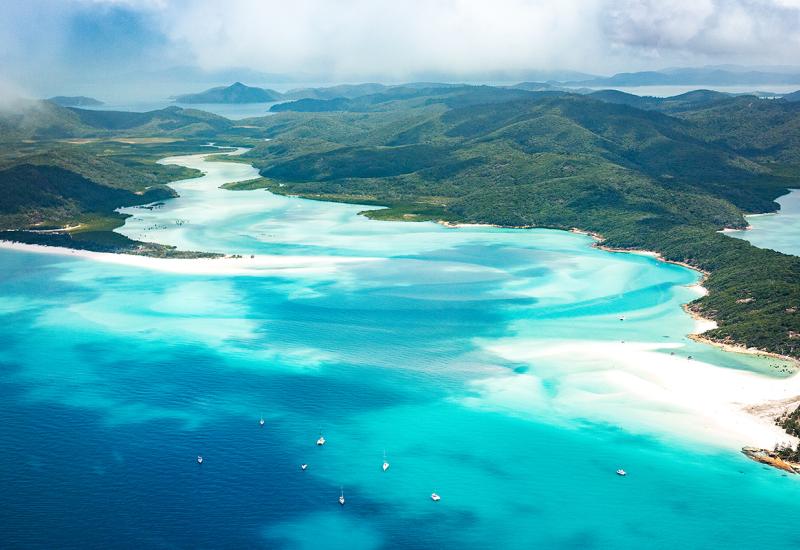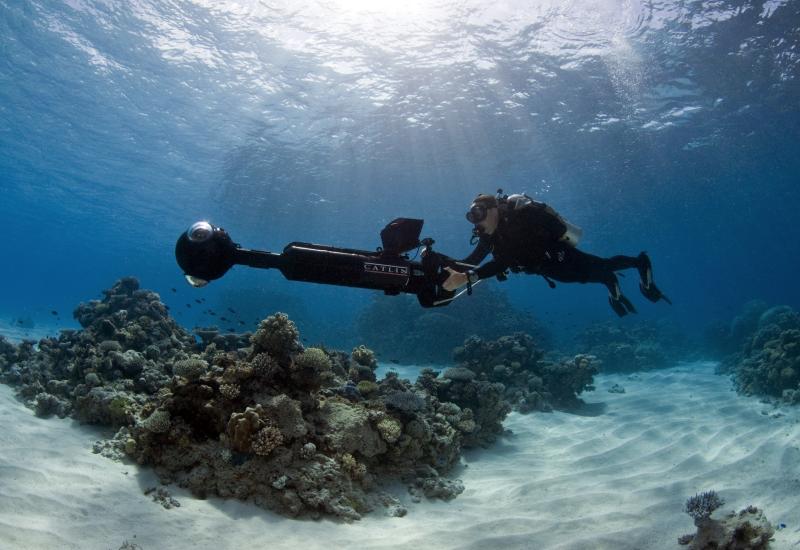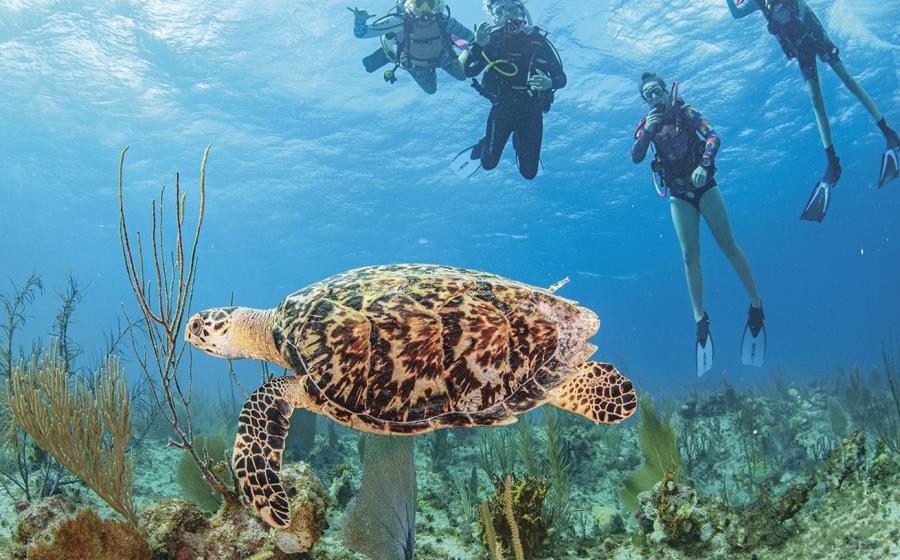Tagging the World's Biggest Fish in Cenderawasih Bay

Mark Erdmann/Conservation International
Traditional fishing in Cenderawasih Bay in West Papua, Indonesia, is pretty simple: Fishermen aboard floating pontoon boats called bagans use nets to collect baitfish. But there’s an interesting twist to the practice — the fishermen, who believe whale sharks bring good luck, toss them handfuls of their catch. As long as there’s food, the sharks stick around.
Researchers from Cenderawasih Bay National Park Authority, WWF-Indonesia, State University of Papua, Hubbs Sea World Research Institute and Conservation International took advantage of the sharks’ aggregating behavior and set out to tag the world’s largest fish with radio-frequency identification transmitters. The pill-size RFID tags — the same ones used to track large dogs and other pets — had not been previously used on whale sharks.
The team tagged 30 sharks during the expedition, and ultimately hopes to tag all the whale sharks in Cenderawasih Bay to learn more about the population size and movement of the sharks. Researchers also want to study whether the sharks’ individual spot patterns remain uniquely identifiable over time.
“I think what increasingly has become clear over the past year is just how little we really know about the biggest fish in the sea,” says Dr. Mark Erdmann, senior adviser of Conservation International’s Indonesia Marine Program and regional coordinator of the Bird’s Head Seascape Initiative. “It was a real honor to be able to participate and help further elucidate more about the natural history and ecology of this charismatic species.”











